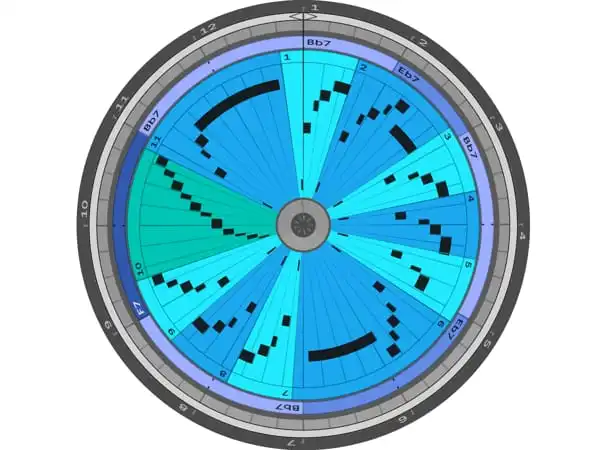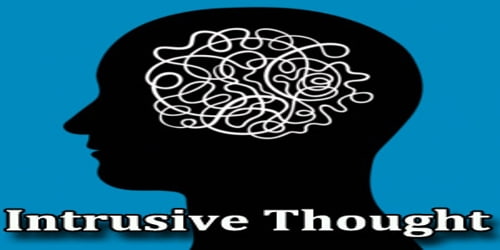Groove in music is the sensation (“feel”) of a changing pattern in a propulsive rhythm or the sensation of “swing.” Music composition, like everything else, has an elemental basis. Music’s material essence is found in its melody, harmony, rhythm, and dynamics.
According to new research, the sensation that makes people want to move while listening to music, known as the groove, is more enjoyable with moderate rhythm and harmony complexity. It takes King Curtis less than a minute into his best-known song, “Memphis Soul Stew,” to really get the groove going. It doesn’t let go once it gets a hold of you.
The ingredients for a good groove, according to the lyrics of the 1967 hit, are simple: “half a teacup of bass” and “a pound of fatback drums.” By then, almost everyone with a heartbeat will have their feet tapping.
Curtis’ saxophone takes off shortly after, and the drums really kick in. The listener is powerless to intervene. Movement – and the joy that it brings – is almost unavoidable. That sensation of pleasure fascinates Tomas Matthews (BA 10, MA 14), a Ph.D. student at Concordia’s Department of Psychology’s Penhune Laboratory for Motor Learning and Neural Plasticity.
Matthews investigates what makes people want to groove in a new paper published in the journal PLOS ONE, his first as a doctoral candidate. “Groove is defined in the psychology literature as the pleasurable desire to move to music,” he says. “It makes you want to move, dance, or tap along, and that feels good.”
We believe that harmony increases the pleasure level of listeners, making them want to move more. Groove is a combination of pleasure and a desire to move, and harmony has the most impact on the pleasurable aspect of groove.
Tomas Matthews
‘Harmony is a really emotive factor in music’
The desire to move to music has already been extensively researched, including by one of Matthews’ co-authors, Maria Witek, who is now a professor at the University of Birmingham. Witek’s study focuses on syncopation or the de-emphasis of a strong beat in rhythm, and the effect it has on listeners.
According to her research, listeners prefer a medium level of syncopation: too little syncopation is boring, similar to listening to a metronome. Too much, on the other hand, is difficult to follow. An “inverted U curve” could be used to plot listener preferences.
Matthews’ research takes the same approach and applies it to harmony, the effect of playing several notes at once, such as a chord on a guitar or piano. “Harmony is a really emotional factor in music,” Matthews says. “It has the ability to elicit strong emotions. So, combining medium syncopation rhythms, which are considered the grooviest, with medium harmonies, we might be able to raise the peak of the inverted U curve. If we can find a sweet spot for both rhythm and harmony, they will interact and boost this effect even more than just rhythm alone.”

Matthews and his colleagues created an online survey and eventually gathered around 200 participants, mostly from Europe and North America. There were no restrictions on who could participate, and those who did represented a wide range of age and musical ability. On a scale of one to five, the researchers also asked about the participants’ interest in groove music, how often they listen to it, and how often and how much they enjoy dancing.
‘Groove is a combination of pleasure and wanting to move’
Short musical sequences with three different levels of rhythmic and harmonic complexity were played to participants (low, medium, and high). Matthews and his co-authors used son and rumba claves, which are common in Afro-Cuban music, to create the sequences. The sequences were rated by the participants based on how much they made them want to move and how much pleasure they got from listening to them.
The researchers discovered that listeners preferred music with medium syncopation and simple to medium harmony complexity. Matthews claims that pleasant harmonies boosted the inverted U effect of rhythm because both low- and medium-complexity harmonies are considered pleasant.
“We believe that harmony increases the pleasure level of listeners, making them want to move more. Groove is a combination of pleasure and a desire to move, and harmony has the most impact on the pleasurable aspect of groove” he observes, “In addition, people who said they were interested in dancing had higher ratings of wanting to move but not higher ratings of pleasure.”
Matthews believes that people who like to dance have a stronger connection between groove music and movement.
















